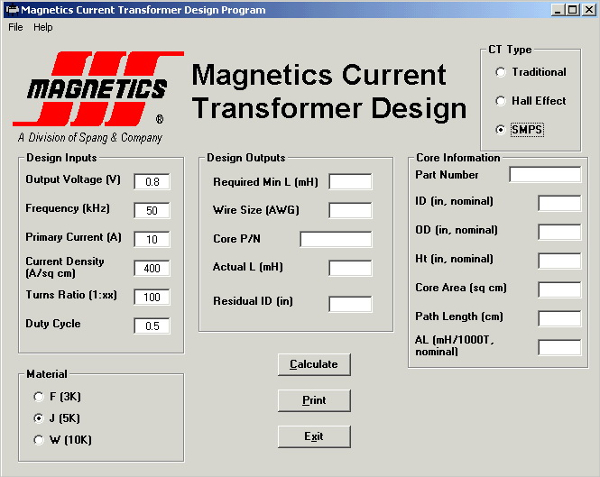
The reactive power moves back and forth in the circuit and finally gets dissipated in the circuit's wires. The average of the sinusoidal power generated by the component of the current 90 degrees out of phase with the applied voltage is always zero, so nothing goes to the load. Reactive power doesn’t produce actual work at the load, and this power is measured in kVAR (kilovolt-ampere reactive). Reactive power: Reactive power is consumed when an inductive load like the motor is connected, creating a phase difference between the voltage and current (Figure 3 labeled A).There is no phase difference (delay between voltage and current) in a completely resistive circuit (Figure 3 labeled B). A resistive load like incandescent light or heater consumes active power. Active power: Active power is the power used to generate real work measured in kW.Based on the type of load connected, there are two types of powers in a transformer: It displays how much voltage and current the transformer can withstand. Small single-phase transformers may be rated in volt-amperes, but much larger power transformers are rated in units of Kilo volt-amperes (kVA) and Mega volt-amperes (MVA).Ī transformer is usually rated in kVA, kilo-volt ampere. Electrical power and kVA in a transformerĪ transformer’s power rating is obtained by multiplying the voltage and current, yielding a rating in Volt-amperes (VA). Therefore, V2 = ( 500/ 1500) ✕ 240 = 80VĪ transformer with N2>N1 always steps up the primary voltage at the secondary winding, and a transformer with N2The turns ratio of a transformer is given by N2/N1.įor example, consider a transformer having 500 turns in the primary winding 1500 turns in the secondary winding fed with 240V (AC) on the primary side. The voltages at the primary and secondary sides can be altered by changing the corresponding number of turns. N2: Number of turns in the secondary winding.N1: Number of turns in the primary winding.The voltage and currents in the primary and secondary windings are linked to the number of turns by the following relation: Read our article on electrical transformers for more information on transformer’s working and construction.įigure 2: Transformer windings (A and B) on a magnetic core (C) An alternating magnetic flux produces a corresponding voltage in the secondary winding initiating a current flow. A portion of this flux links with the secondary side through mutual induction.

As the current is alternating in nature, it creates a fluctuating magnetic flux. An alternating current passed through the primary winding creates a magnetic flux across the primary coil.

Transformers are commonly used in instrumentation, telephone, and control circuits.Ī single-phase transformer consists of two windings, namely primary windings (Figure 2 labeled A) and secondary windings (Figure 2 labeled B), wound on a magnetic core (Figure 2 labeled C).

Voltage and current conversion in a transformerĪ transformer is an impedance transformation device that facilitates the maximum power transfer from the input circuit to the output device. View our online selection of transformers!


 0 kommentar(er)
0 kommentar(er)
